Home>Home Appliances>Laundry Appliances>How To Replace A Washing Machine Hose
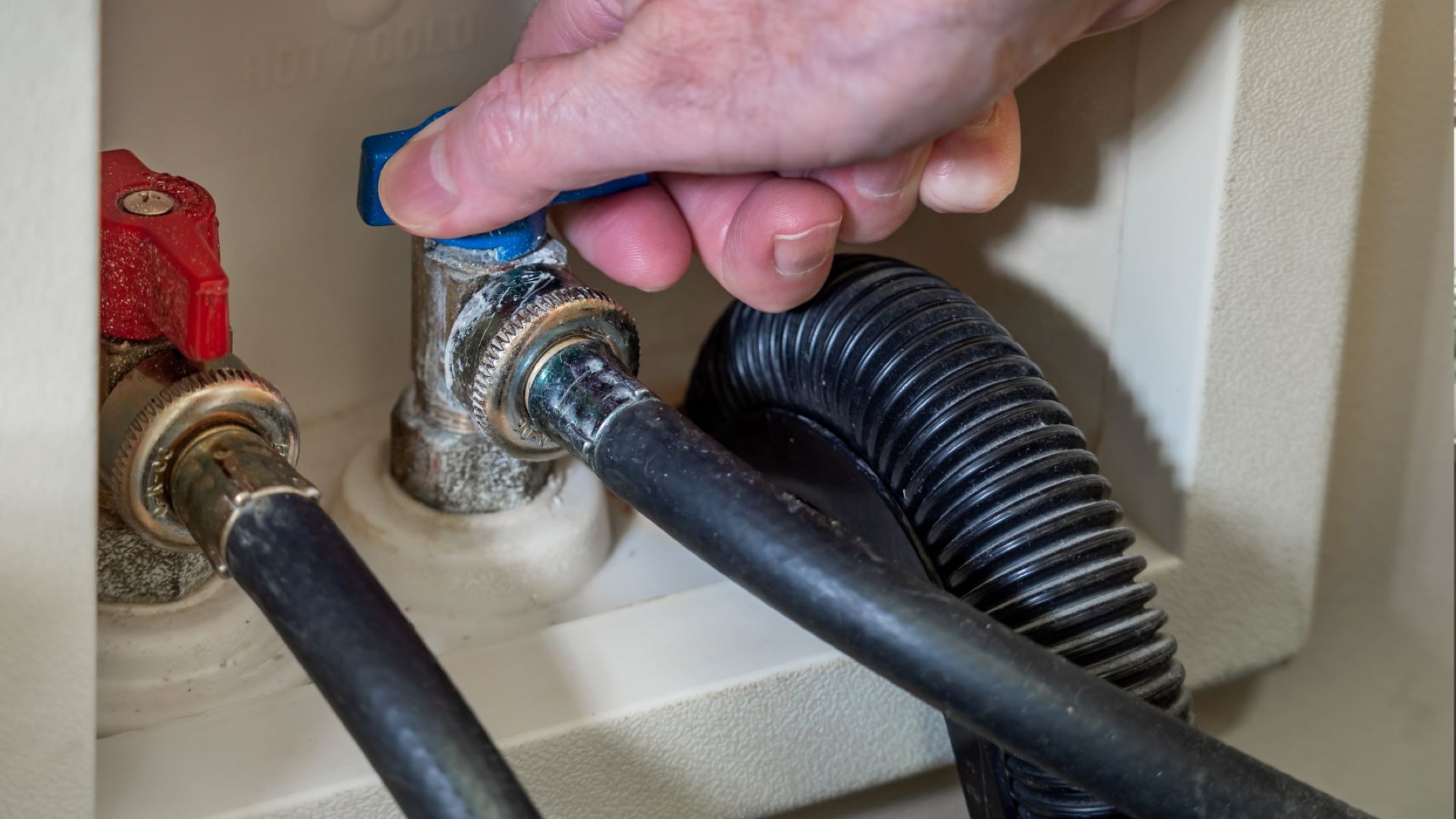

Laundry Appliances
How To Replace A Washing Machine Hose
Modified: March 2, 2024
Learn how to replace a washing machine hose with our step-by-step guide. Keep your laundry appliances in top condition with this easy DIY fix.
(Many of the links in this article redirect to a specific reviewed product. Your purchase of these products through affiliate links helps to generate commission for Storables.com, at no extra cost. Learn more)
Introduction
Washing machines are essential appliances in modern households, simplifying the daunting task of laundry. However, like all mechanical devices, they require regular maintenance to ensure optimal performance. One crucial aspect of maintenance is inspecting and replacing the washing machine hose. Over time, these hoses can deteriorate, leading to leaks and potential water damage. Therefore, knowing how to replace a washing machine hose is a valuable skill that can save you from costly repairs and inconvenience.
In this comprehensive guide, we will walk you through the step-by-step process of replacing a washing machine hose. Whether you are a seasoned DIY enthusiast or a novice homeowner, this guide will equip you with the knowledge and confidence to tackle this essential maintenance task. By following these instructions, you can safeguard your home from potential water damage and extend the lifespan of your washing machine.
Next, we will delve into the safety precautions you should observe before embarking on the hose replacement process. Additionally, we will outline the tools and materials you will need to complete the task effectively. With these preparations in place, you will be ready to embark on the journey of replacing your washing machine hose, ensuring the continued efficiency and safety of your laundry appliance.
Key Takeaways:
- Safety First!
Before replacing a washing machine hose, always turn off the power and water supply, wear protective gear, and clear the work area. These precautions ensure a safe and smooth hose replacement process, preventing potential hazards. - Test and Verify
After installing the new hose, carefully monitor for leaks, visually inspect the connections, and run a test cycle to ensure smooth water flow. This thorough testing validates the effectiveness of the replacement hose, safeguarding your home from potential water damage.
Safety Precautions
Before initiating the process of replacing a washing machine hose, it is imperative to prioritize safety. Observing the following precautions will mitigate potential risks and ensure a smooth and secure hose replacement process.
-
Turn Off the Power: Start by unplugging the washing machine from the power outlet. This precautionary measure eliminates the risk of electrical shocks during the hose replacement process. Additionally, ensure that the area around the washing machine is dry to prevent any electrical hazards.
-
Shut Off the Water Supply: Locate the shut-off valve for the water supply connected to the washing machine. Turn the valve clockwise to stop the flow of water to the machine. This step is crucial in preventing water leakage and minimizing the mess during the hose replacement.
-
Relieve Pressure: After turning off the water supply, run a short cycle on the washing machine to release any residual water pressure in the hoses. This action will minimize the amount of water that may spill out when disconnecting the old hose.
-
Prepare the Work Area: Clear the space around the washing machine to create a safe and accessible work environment. Remove any obstacles or clutter that may hinder your movement during the hose replacement process. Additionally, place towels or a bucket nearby to catch any water that may drip from the hoses.
-
Wear Protective Gear: It is advisable to wear protective gloves when handling the hoses to protect your hands from sharp edges or debris. Additionally, consider wearing safety goggles to shield your eyes from any potential splashes or debris dislodged during the hose replacement.
-
Inspect the Replacement Hose: Before installation, carefully inspect the new hose to ensure it is free from any defects or damage. Verify that the hose is the correct size and type for your washing machine to guarantee a secure and leak-free connection.
By adhering to these safety precautions, you can approach the task of replacing a washing machine hose with confidence and peace of mind. Prioritizing safety not only safeguards you from potential hazards but also ensures a successful and efficient hose replacement process. With these precautions in place, you are now ready to gather the necessary tools and materials for the next phase of the replacement process.
Tools and Materials Needed
Before embarking on the task of replacing a washing machine hose, it is essential to gather the necessary tools and materials to ensure a smooth and efficient process. Having the right equipment at your disposal will enable you to tackle the task with confidence and precision. Here's a comprehensive list of the tools and materials you will need:
Tools:
- Adjustable Wrench: A versatile tool that will be used to loosen and tighten the hose connections. Ensure the wrench is adjustable to fit various sizes of hose fittings.
- Phillips Head Screwdriver: This tool will come in handy for removing any screws securing the hose clamps or fittings.
- Bucket or Towels: Having a bucket or towels nearby will help contain any water that may spill out during the hose replacement process.
- Flashlight: In case the area behind the washing machine is poorly lit, a flashlight will aid in visibility when working on the hose connections.
- Safety Gloves: It is crucial to protect your hands from sharp edges and debris when handling the hoses. Durable safety gloves will provide the necessary protection.
- Safety Goggles: To shield your eyes from potential splashes or debris dislodged during the hose replacement, wearing safety goggles is highly recommended.
Materials:
- Replacement Hose: Ensure you have the correct type and size of hose suitable for your washing machine. It is advisable to opt for high-quality, reinforced hoses to minimize the risk of leaks and ensure durability.
- Hose Washers: These small yet essential components create a watertight seal between the hose and the water supply and washing machine connections. It is advisable to replace the washers when installing a new hose to prevent leaks.
- Teflon Tape: Also known as plumber's tape, Teflon tape is used to create a secure seal on threaded connections. Applying Teflon tape to the hose threads will help prevent leaks and ensure a tight connection.
- Cleaning Cloth: A clean cloth or rag will be useful for wiping down the hose connections and ensuring a clean and dry surface for the new hose installation.
By ensuring that you have the aforementioned tools and materials readily available, you will be well-prepared to undertake the task of replacing your washing machine hose. With these essentials at your disposal, you can proceed with confidence, knowing that you have everything you need to complete the replacement process efficiently and effectively.
Read more: How To Remove Washer Hose
Step 1: Turn Off the Water Supply
Before initiating the process of replacing the washing machine hose, it is crucial to turn off the water supply to the appliance. This step is essential to prevent any potential water leakage and ensure a safe working environment. Here's a detailed guide on how to effectively turn off the water supply for your washing machine:
-
Locate the Shut-Off Valve: Begin by locating the shut-off valve connected to the water supply line that feeds into the washing machine. This valve is typically located behind or adjacent to the appliance, often concealed within a wall recess or utility area. It may also be situated in the basement or laundry room, depending on the layout of your home.
-
Turn the Valve Clockwise: Once you have located the shut-off valve, use a firm grip to turn the valve handle in a clockwise direction. This action will effectively close the valve, halting the flow of water to the washing machine. It is important to ensure that the valve is fully closed to prevent any water from entering the hoses during the replacement process.
-
Verify the Water Supply: After closing the shut-off valve, it is advisable to verify that the water supply has been successfully turned off. You can do this by attempting to start a washing machine cycle. If the appliance does not initiate the filling process, it indicates that the water supply has been effectively shut off.
By following these steps, you can confidently turn off the water supply to your washing machine, laying the groundwork for a safe and efficient hose replacement process. This precautionary measure minimizes the risk of water leakage and ensures a controlled environment for the subsequent steps of removing the old hose and installing the new one. With the water supply securely turned off, you are now ready to proceed to the next phase of the washing machine hose replacement process.
Step 2: Remove the Old Hose
With the water supply safely turned off, the next crucial step in replacing a washing machine hose is to remove the old, potentially deteriorated hose. This process requires careful attention to detail and precision to ensure a smooth transition to the new hose. Here's a detailed guide on how to effectively remove the old hose from your washing machine:
-
Access the Rear of the Washing Machine: Gently pull the washing machine away from the wall to access the rear panel. If the appliance is situated in a tight space, enlist the help of a friend or family member to assist with moving it. Ensure that the power cord and water supply hoses have enough slack to allow movement without causing strain or damage.
-
Inspect the Hose Connections: Once you have access to the rear of the washing machine, visually inspect the hose connections. Identify the hot and cold water supply hoses, typically color-coded in red for hot and blue for cold. Additionally, locate the hose clamps or fittings securing the hoses to the water supply and washing machine inlet valves.
-
Loosen the Hose Clamps or Fittings: Using an adjustable wrench, carefully loosen the hose clamps or fittings securing the old hoses to the water supply and washing machine connections. Turn the clamps or fittings counterclockwise to release their grip on the hoses. It is advisable to place a bucket or towels beneath the hose connections to catch any residual water that may spill out during this process.
-
Disconnect the Hoses: With the hose clamps or fittings loosened, gently detach the old hoses from the water supply and washing machine connections. Exercise caution to prevent any abrupt movements that may cause water to spill or hoses to snag on surrounding components. If the hoses are stubbornly attached, carefully wiggle them back and forth while applying gentle pressure to release them from the connections.
-
Inspect for Debris or Corrosion: After removing the old hoses, take a moment to inspect the hose connections for any signs of debris, corrosion, or mineral buildup. Use a flashlight to illuminate the area and ensure that the connections are clean and free from any obstructions that may hinder the installation of the new hose.
By meticulously following these steps, you can effectively remove the old washing machine hose, paving the way for the subsequent installation of the new hose. With the old hose successfully detached, you are now prepared to proceed to the pivotal phase of installing the replacement hose, ensuring the continued efficiency and reliability of your washing machine.
Step 3: Install the New Hose
With the old hose successfully removed, the next critical step in the process of replacing a washing machine hose is the installation of the new hose. This phase demands precision and attention to detail to ensure a secure and leak-free connection. Here's a comprehensive guide on how to effectively install the new hose for your washing machine:
-
Prepare the Hose Connections: Before installing the new hose, inspect the hose connections on both the water supply and washing machine inlet valves. Ensure that the threads are clean and free from debris or corrosion. Use a clean cloth to wipe down the connections and remove any potential obstructions.
-
Apply Teflon Tape: To create a secure seal and prevent leaks, apply Teflon tape to the threads of the water supply and washing machine inlet valve connections. Begin by wrapping the tape in a clockwise direction around the male threads, ensuring a snug fit. This step is crucial in ensuring a tight and leak-free connection for the new hose.
-
Attach the New Hose: Carefully align the new washing machine hose with the corresponding hot and cold water supply connections. Ensure that the hose is securely positioned over the threaded connections. Once aligned, use an adjustable wrench to tighten the hose clamps or fittings in a clockwise direction, ensuring a firm and watertight seal.
-
Secure the Hose Clamps: If the new hose is equipped with hose clamps, ensure that they are securely fastened to the hose connections. Tighten the clamps using a screwdriver, ensuring that they provide a snug and secure grip on the hose and the respective connections.
-
Double-Check the Connections: After installing the new hose, double-check the connections to verify that they are tightly secured and free from any potential leaks. Visually inspect the hose connections and ensure that there are no gaps or loose fittings that may compromise the integrity of the installation.
-
Turn On the Water Supply: With the new hose securely installed, carefully turn on the water supply by reopening the shut-off valve in a counterclockwise direction. Verify that the water supply is restored and that there are no signs of leakage from the newly installed hose connections.
By meticulously following these steps, you can effectively install the new washing machine hose, ensuring a secure and reliable connection that minimizes the risk of leaks and water damage. With the new hose successfully in place, you are now prepared to proceed to the final phase of testing the functionality of the replacement hose, ensuring the continued efficiency and safety of your washing machine.
Step 4: Turn On the Water Supply
With the new washing machine hose securely installed, the pivotal moment arrives to restore the water supply and verify the functionality of the replacement hose. This step is crucial in ensuring that the newly installed hose maintains a watertight seal and facilitates the seamless operation of the washing machine. Here's a detailed guide on how to effectively turn on the water supply and validate the integrity of the replacement hose:
-
Reopen the Shut-Off Valve: Carefully locate the shut-off valve that was previously closed to halt the water supply. With a firm grip, turn the valve handle in a counterclockwise direction to reopen the valve. It is essential to do this gradually to allow the water to flow back into the hoses without causing sudden pressure surges.
-
Monitor for Leaks: As the water supply is restored, closely monitor the newly installed hose connections for any signs of leakage. Pay particular attention to the areas where the hoses are attached to the water supply and washing machine inlet valves. Look for any drips, seepage, or moisture accumulation that may indicate a compromised seal.
-
Inspect the Hose Connections: After the water supply has been turned on, visually inspect the hose connections to ensure that they remain securely fastened and free from any potential leaks. Verify that the hose clamps or fittings are providing a tight and watertight seal, minimizing the risk of water leakage during the washing machine's operation.
-
Run a Test Cycle: To validate the functionality of the replacement hose, initiate a test cycle on the washing machine. Select a short and gentle cycle to allow the appliance to fill with water and commence its operation. Observe the hose connections throughout the cycle, ensuring that there are no indications of leaks or irregularities.
-
Verify Water Flow: During the test cycle, verify that the water flows smoothly through the newly installed hose without any obstructions or irregularities. Listen for any unusual sounds or vibrations that may indicate issues with the hose connections or water flow. Additionally, ensure that the water fills the washing machine's tub as expected.
By meticulously following these steps, you can effectively turn on the water supply, validate the integrity of the replacement hose, and ensure the continued efficiency and safety of your washing machine. With the water supply successfully restored and the functionality of the replacement hose verified, you can proceed with confidence, knowing that your washing machine is equipped with a secure and reliable hose, ready to tackle the demands of laundry with ease and reliability.
Read more: How To Hide Washing Machine Hoses
Testing the New Hose
After successfully installing the new washing machine hose and restoring the water supply, the critical phase of testing the functionality and integrity of the replacement hose ensues. This step is paramount in ensuring that the new hose maintains a secure and leak-free connection, safeguarding your home from potential water damage and facilitating the seamless operation of the washing machine.
Observing for Leaks
As the water supply is reinstated, it is imperative to closely monitor the newly installed hose connections for any signs of leakage. Carefully inspect the areas where the hoses are attached to the water supply and washing machine inlet valves, looking for any drips, seepage, or moisture accumulation that may indicate a compromised seal. Even the slightest indication of a leak warrants immediate attention to prevent water damage and ensure the effectiveness of the replacement hose.
Visual Inspection
Visually inspecting the hose connections is crucial in verifying that they remain securely fastened and free from any potential leaks. Take the time to ensure that the hose clamps or fittings are providing a tight and watertight seal, minimizing the risk of water leakage during the washing machine's operation. A thorough visual examination will provide valuable insights into the effectiveness of the new hose installation.
Test Cycle Validation
Initiating a test cycle on the washing machine is an essential step in validating the functionality of the replacement hose. Select a short and gentle cycle to allow the appliance to fill with water and commence its operation. Throughout the cycle, observe the hose connections meticulously, ensuring that there are no indications of leaks or irregularities. This real-world test will provide valuable feedback on the performance of the new hose under operational conditions.
Read more: How To Hook Up Washer Hoses
Water Flow Verification
During the test cycle, it is crucial to verify that the water flows smoothly through the newly installed hose without any obstructions or irregularities. Listen for any unusual sounds or vibrations that may indicate issues with the hose connections or water flow. Additionally, ensure that the water fills the washing machine's tub as expected, confirming that the replacement hose facilitates the seamless flow of water without impediments.
By meticulously conducting these tests, you can effectively validate the functionality and integrity of the replacement hose, ensuring the continued efficiency and safety of your washing machine. With the successful completion of the testing phase, you can proceed with confidence, knowing that your washing machine is equipped with a secure and reliable hose, ready to fulfill its essential role in your household.
When replacing a washing machine hose, make sure to turn off the water supply and unplug the machine. Use adjustable pliers to loosen the old hose, and then attach the new hose, making sure it is securely tightened to prevent leaks.
Conclusion
In conclusion, the process of replacing a washing machine hose is a fundamental aspect of appliance maintenance that holds significant implications for the safety and efficiency of your home. By following the comprehensive steps outlined in this guide, you have equipped yourself with the knowledge and confidence to undertake this essential task with precision and effectiveness.
Prioritizing safety precautions, including turning off the power and water supply, and wearing protective gear, ensures a secure working environment and mitigates potential risks during the hose replacement process. By adhering to these precautions, you have demonstrated a commitment to safeguarding your well-being and the integrity of your home.
Gathering the necessary tools and materials, including an adjustable wrench, Teflon tape, and a replacement hose, underscores the importance of preparedness and attention to detail. By ensuring that you have the essential equipment at your disposal, you have set the stage for a seamless and efficient hose replacement process.
The meticulous execution of each step, from removing the old hose to installing the new one, reflects your dedication to maintaining the optimal functionality of your washing machine. By carefully inspecting the hose connections, applying Teflon tape, and verifying the integrity of the new hose, you have demonstrated a commitment to precision and thoroughness.
The critical phase of testing the functionality of the new hose, including observing for leaks, visually inspecting the connections, and validating water flow, serves as a testament to your dedication to ensuring a secure and reliable installation. By conducting these tests with diligence, you have validated the effectiveness of the replacement hose, safeguarding your home from potential water damage.
In essence, the successful replacement of a washing machine hose not only ensures the continued efficiency and safety of your appliance but also contributes to the overall well-being of your household. By embracing the knowledge and skills presented in this guide, you have empowered yourself to proactively maintain your home and extend the lifespan of your washing machine.
As you reflect on the completion of this essential maintenance task, take pride in the dedication and attention to detail you have demonstrated. Your commitment to the well-being of your home and the efficiency of your appliances is a testament to your proactive approach to household maintenance. With a secure and reliable washing machine hose in place, you can enjoy peace of mind, knowing that your home is equipped to handle the demands of daily life with resilience and reliability.
Frequently Asked Questions about How To Replace A Washing Machine Hose
Was this page helpful?
At Storables.com, we guarantee accurate and reliable information. Our content, validated by Expert Board Contributors, is crafted following stringent Editorial Policies. We're committed to providing you with well-researched, expert-backed insights for all your informational needs.
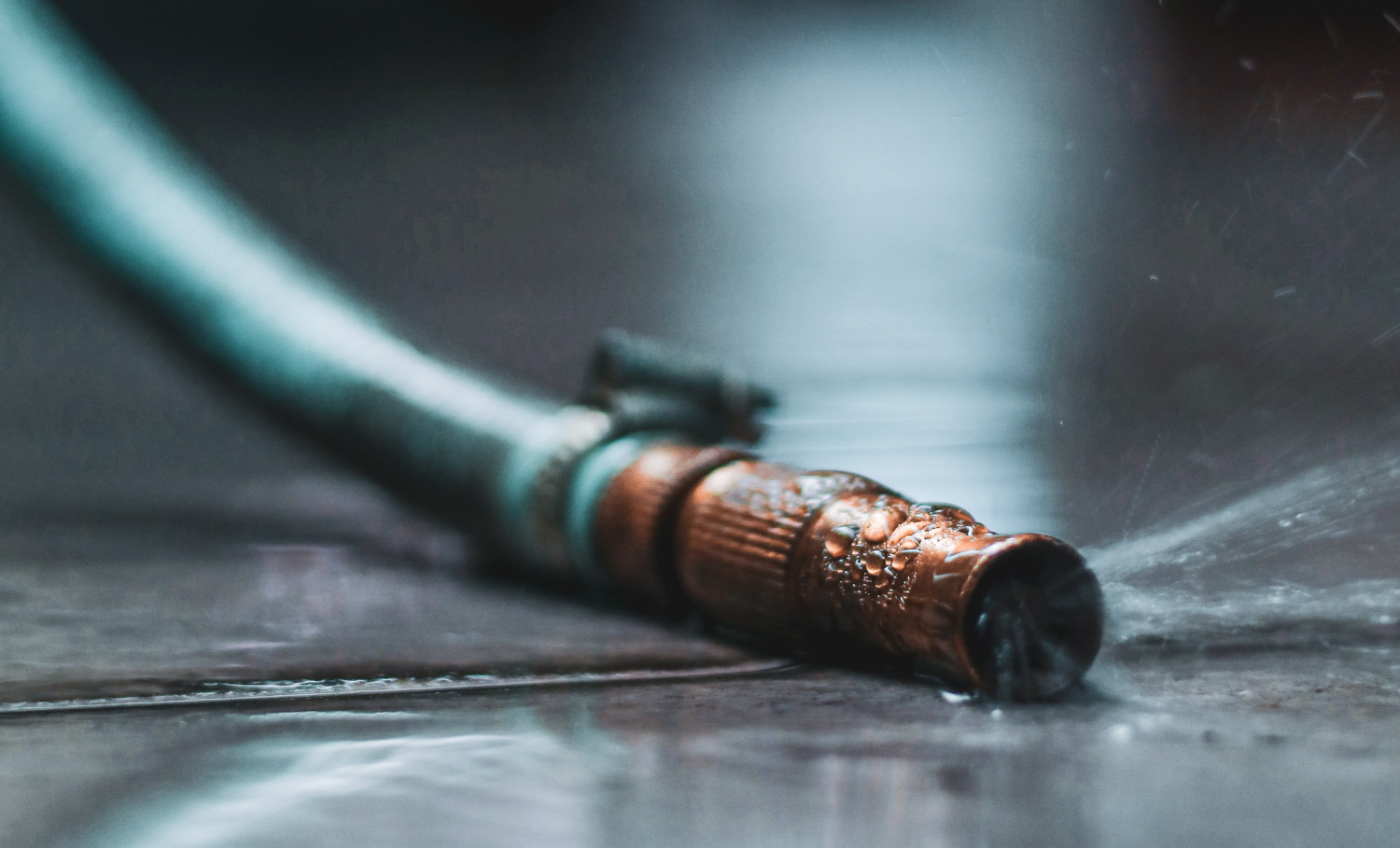
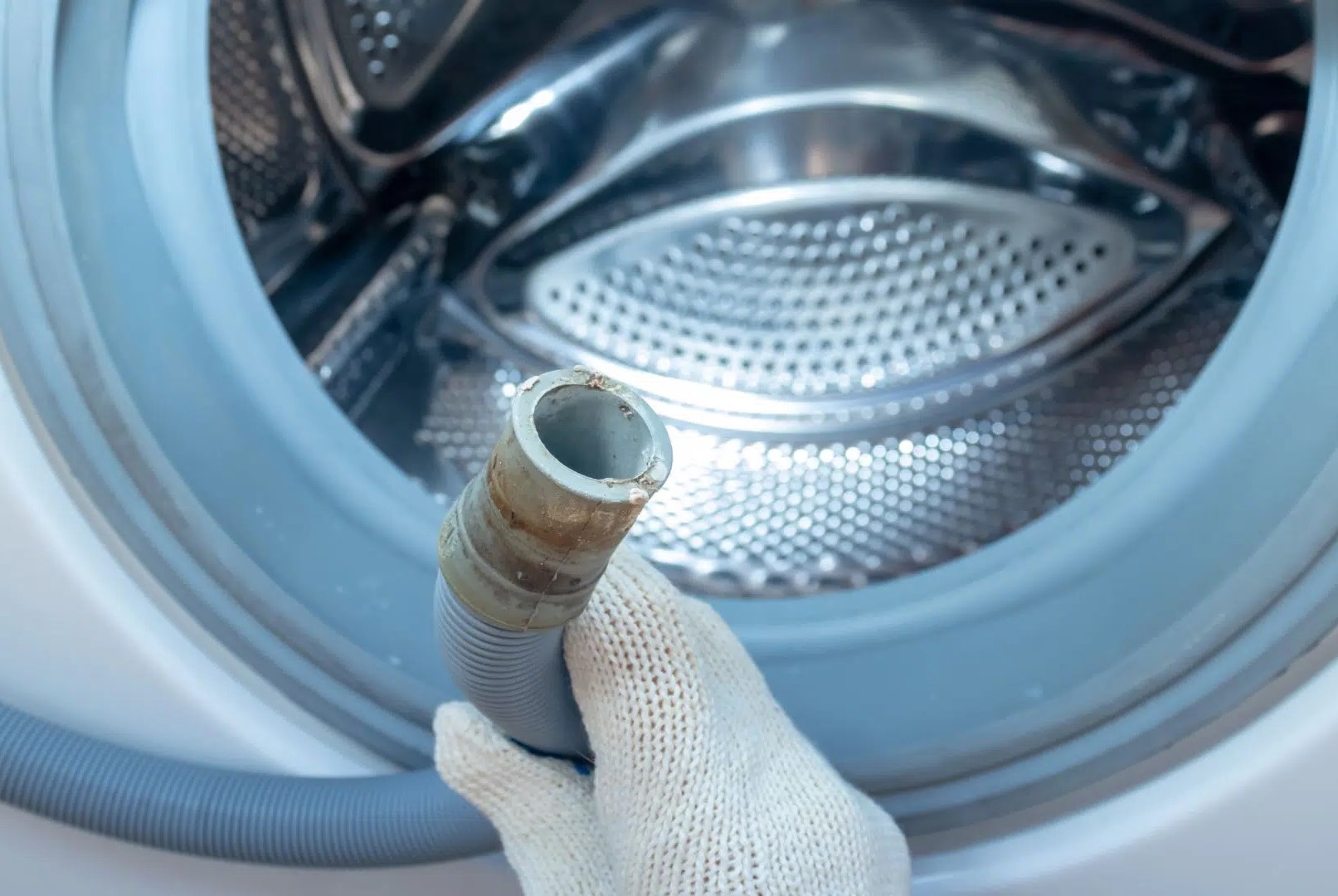
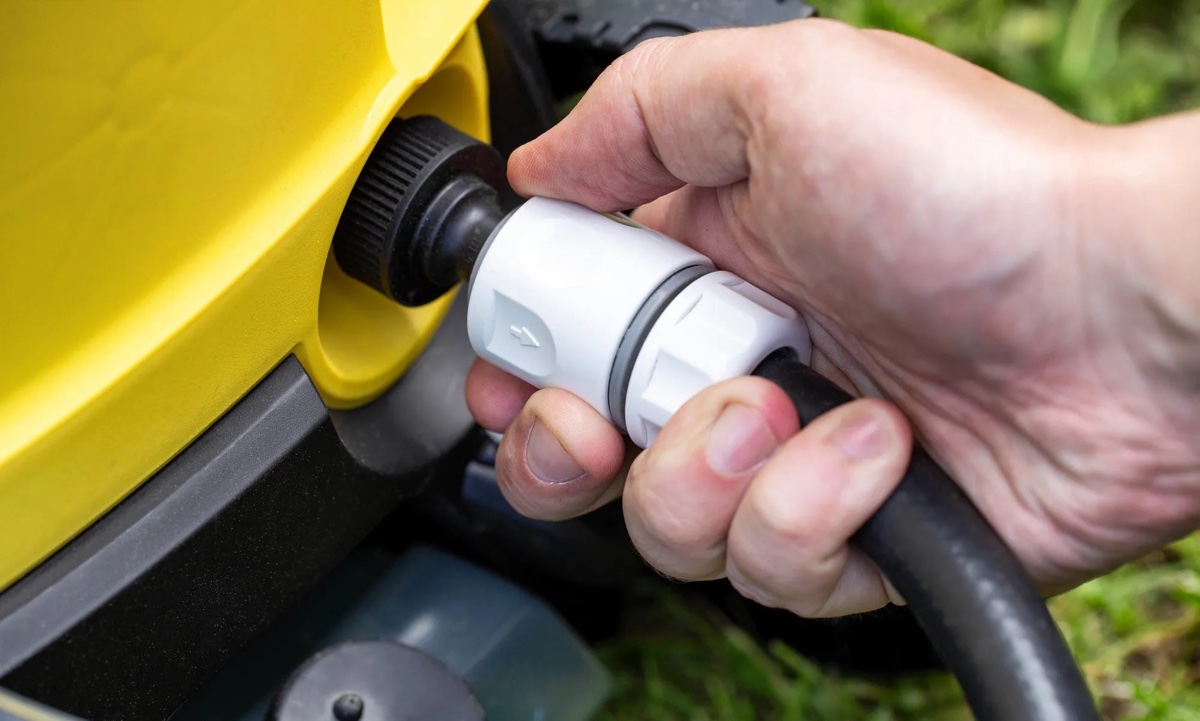
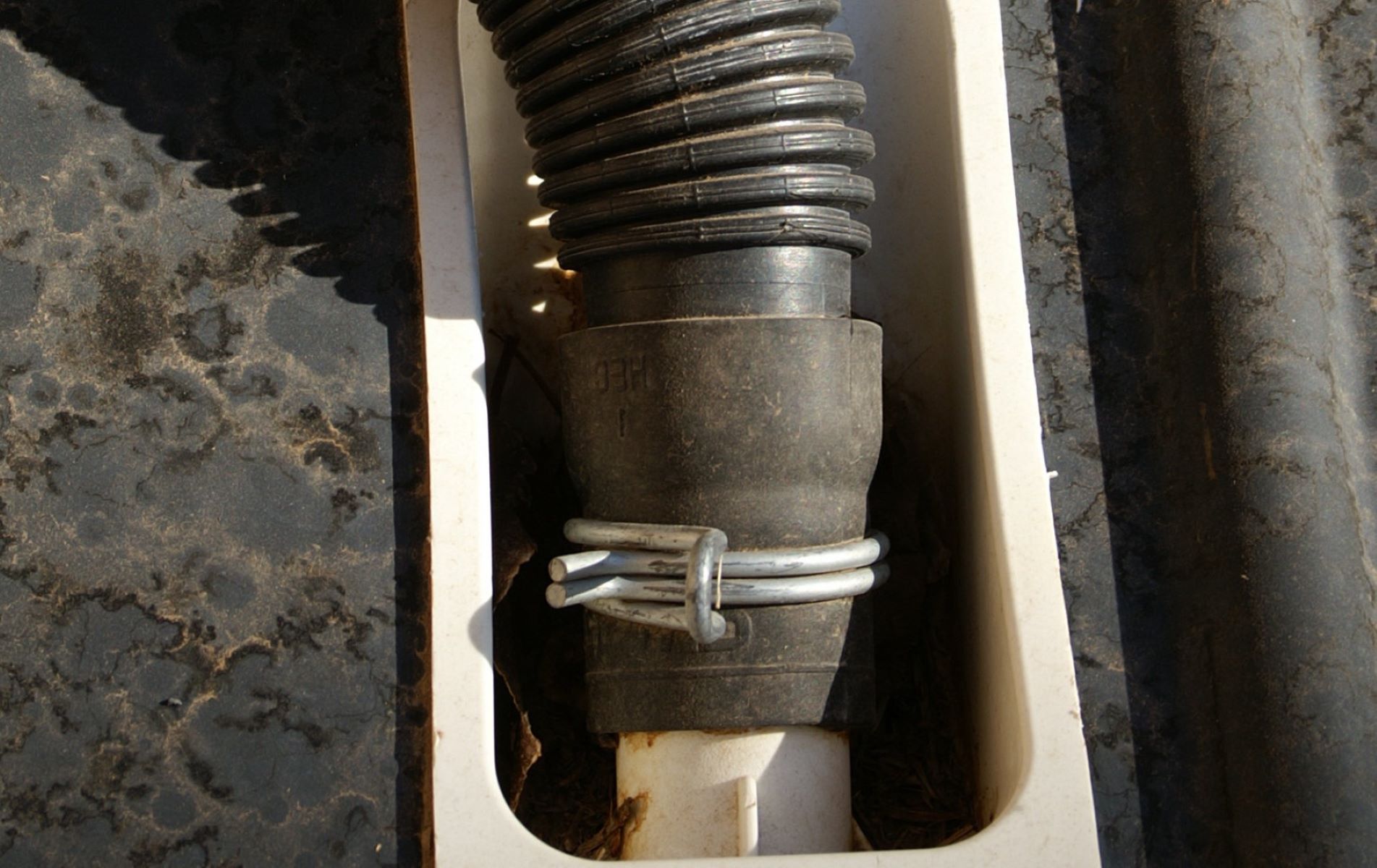
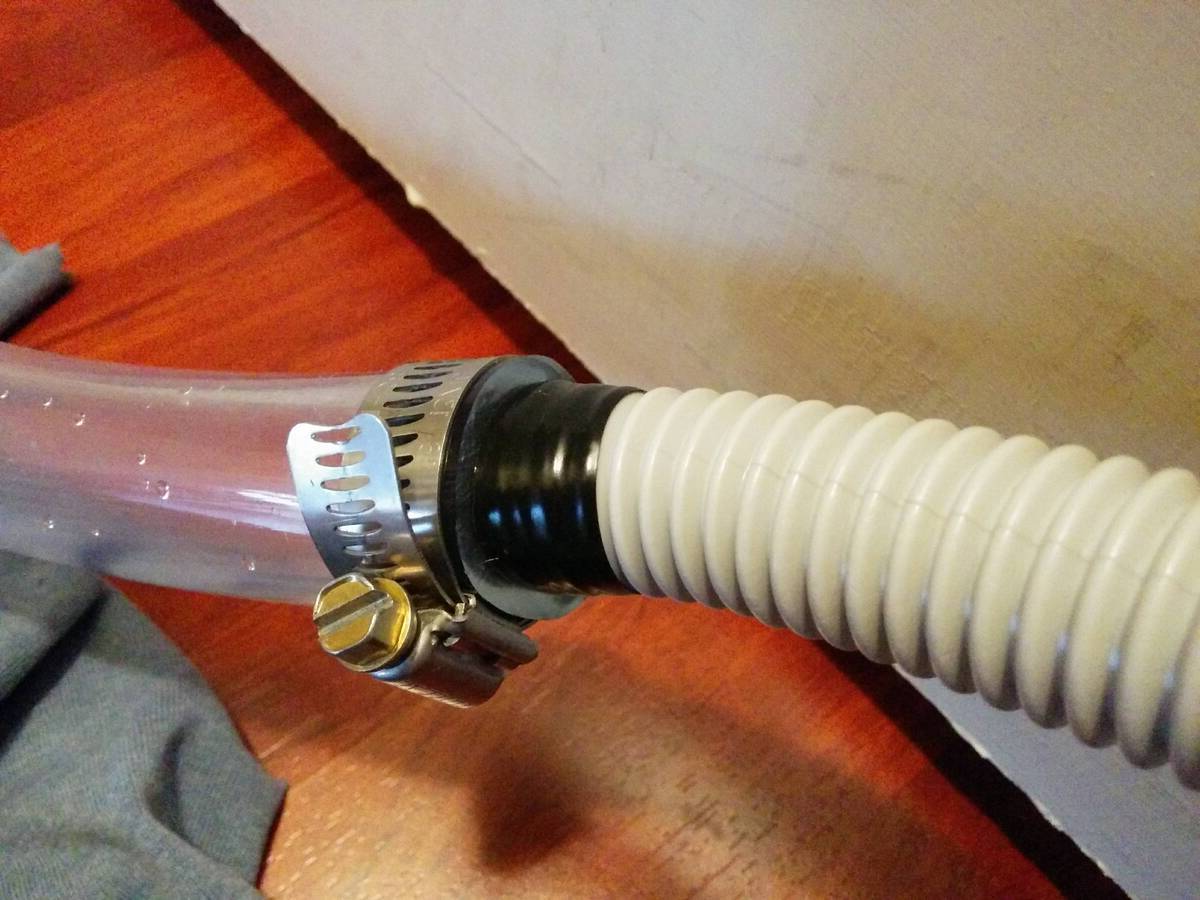
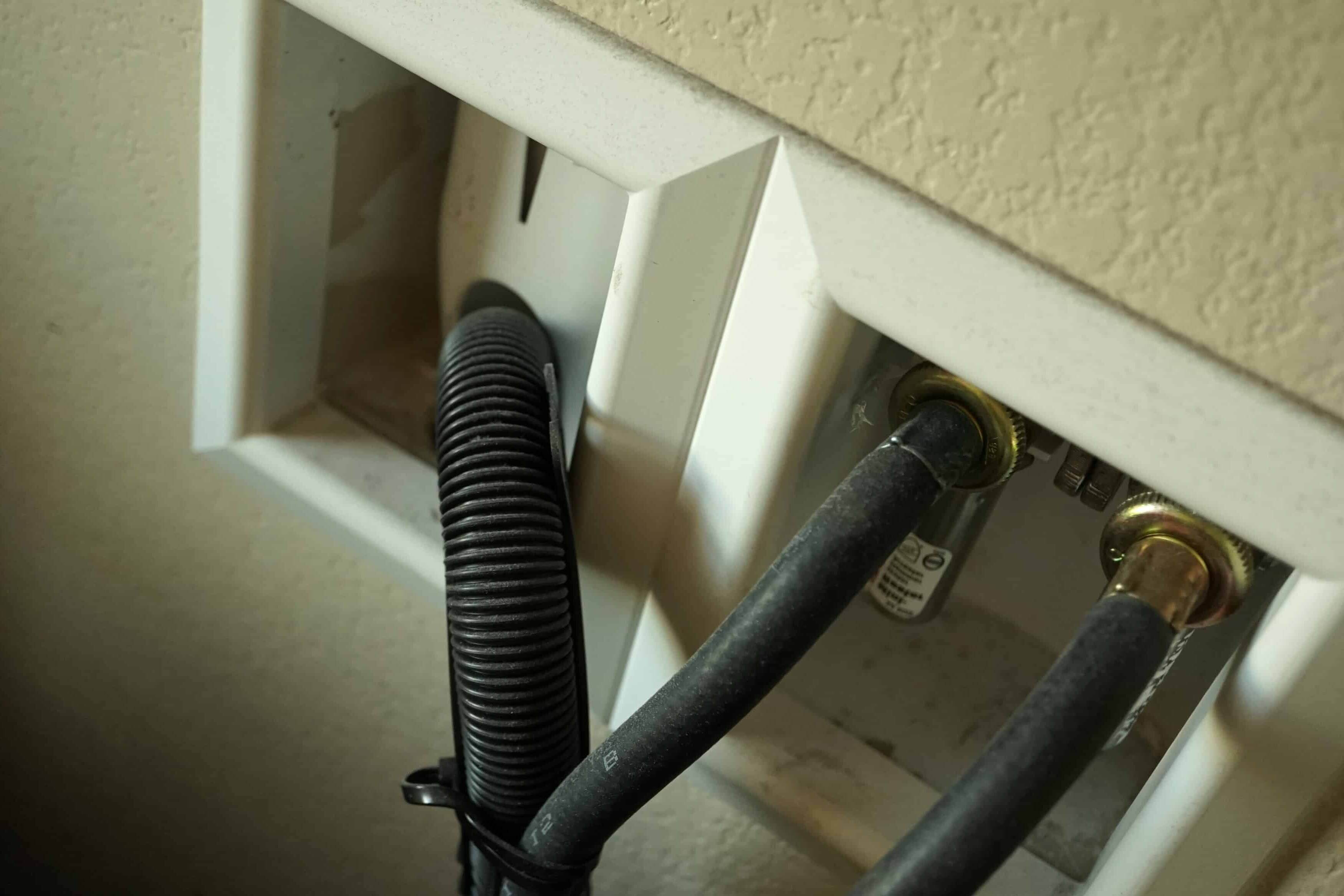
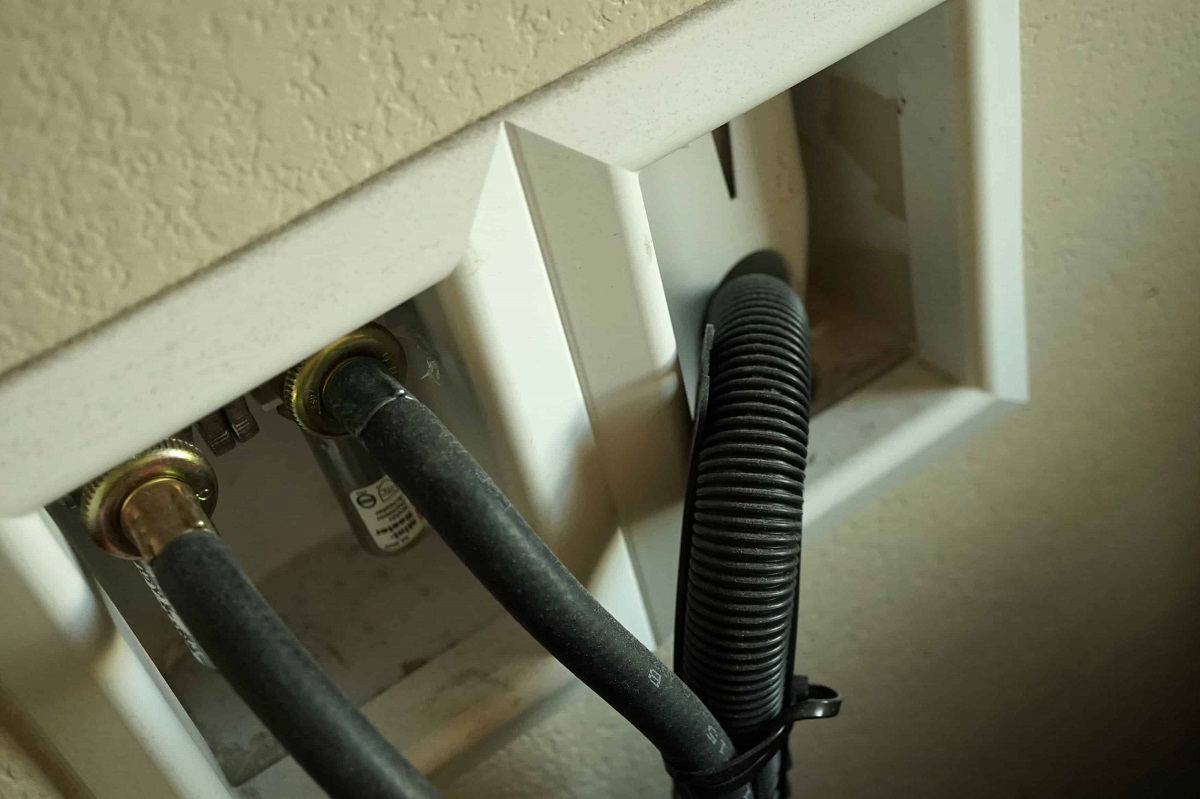
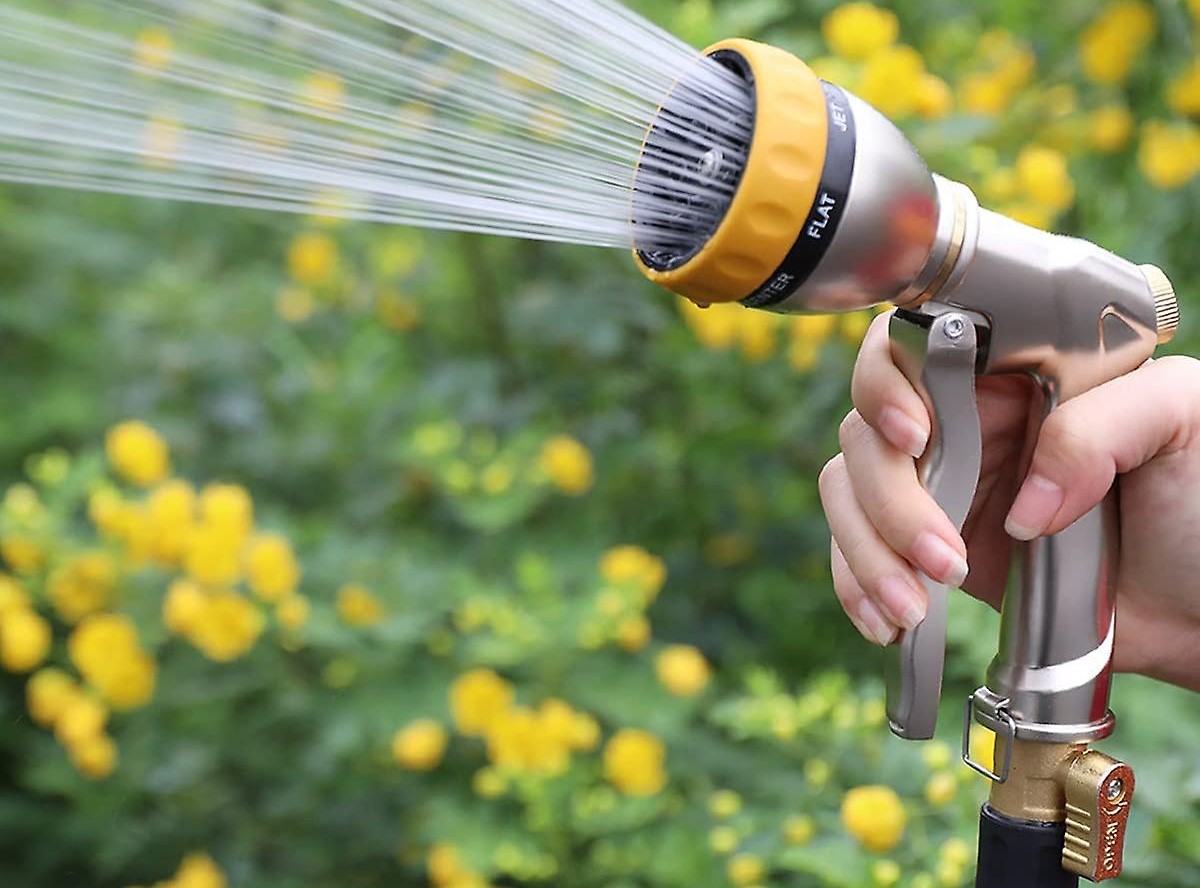
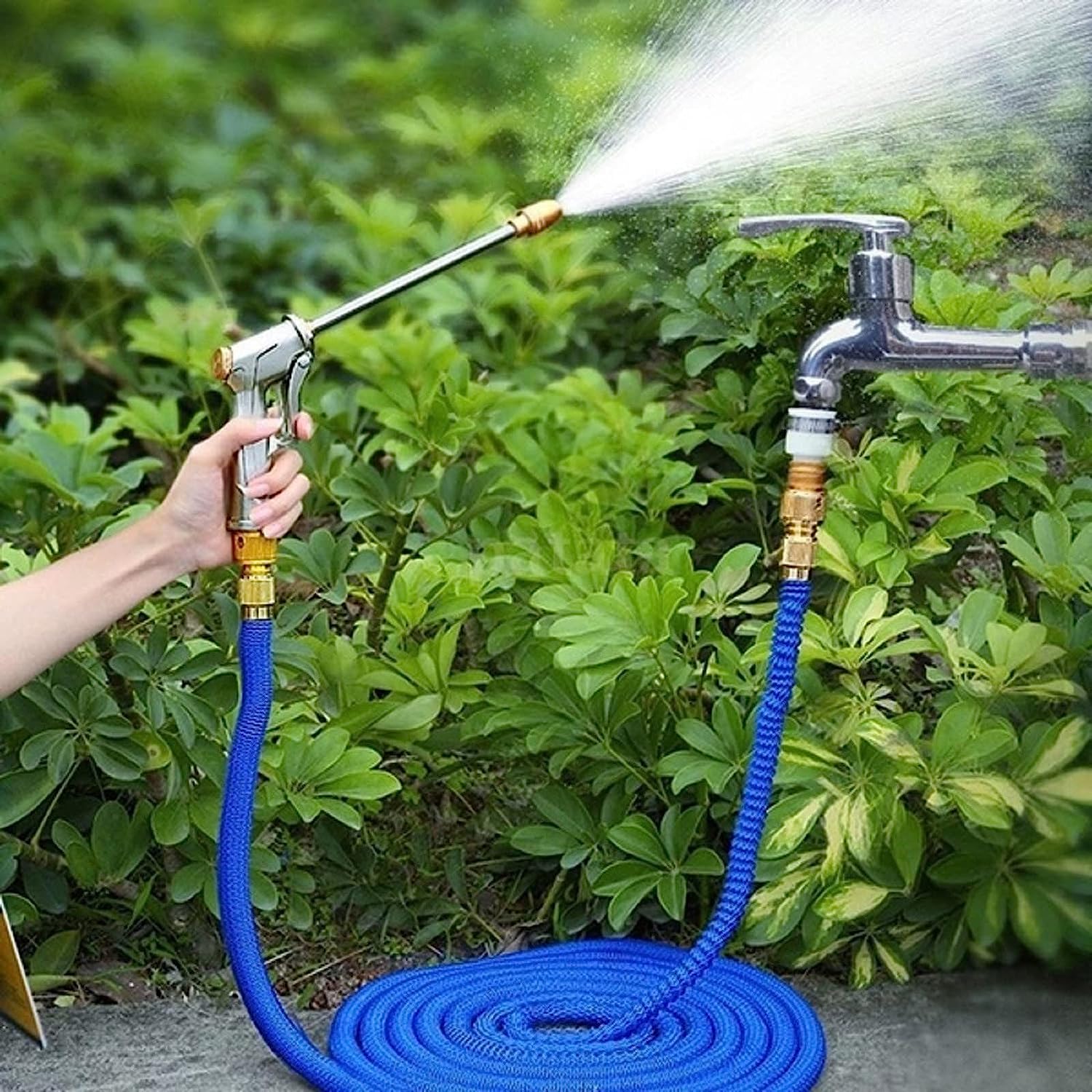
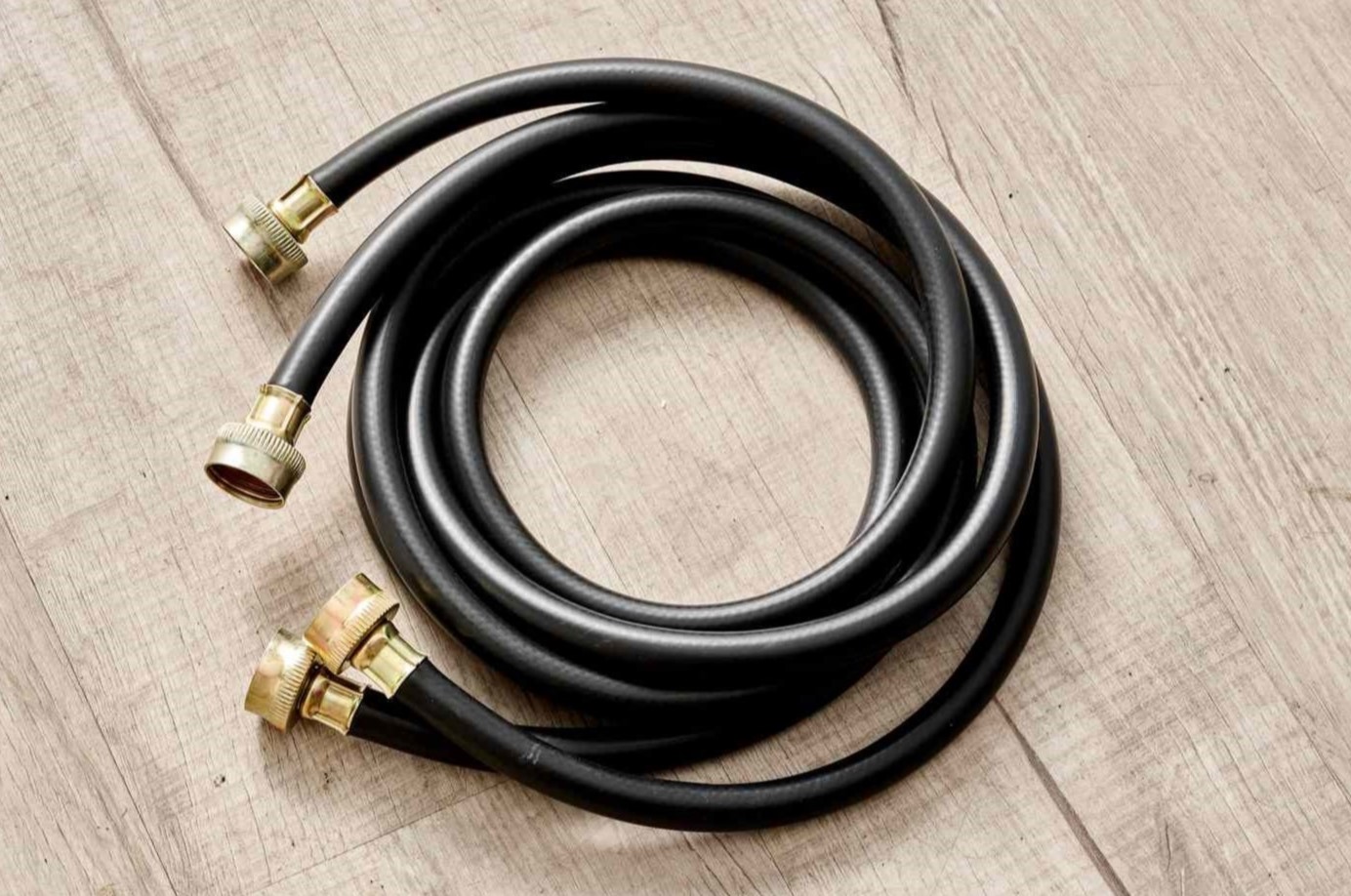
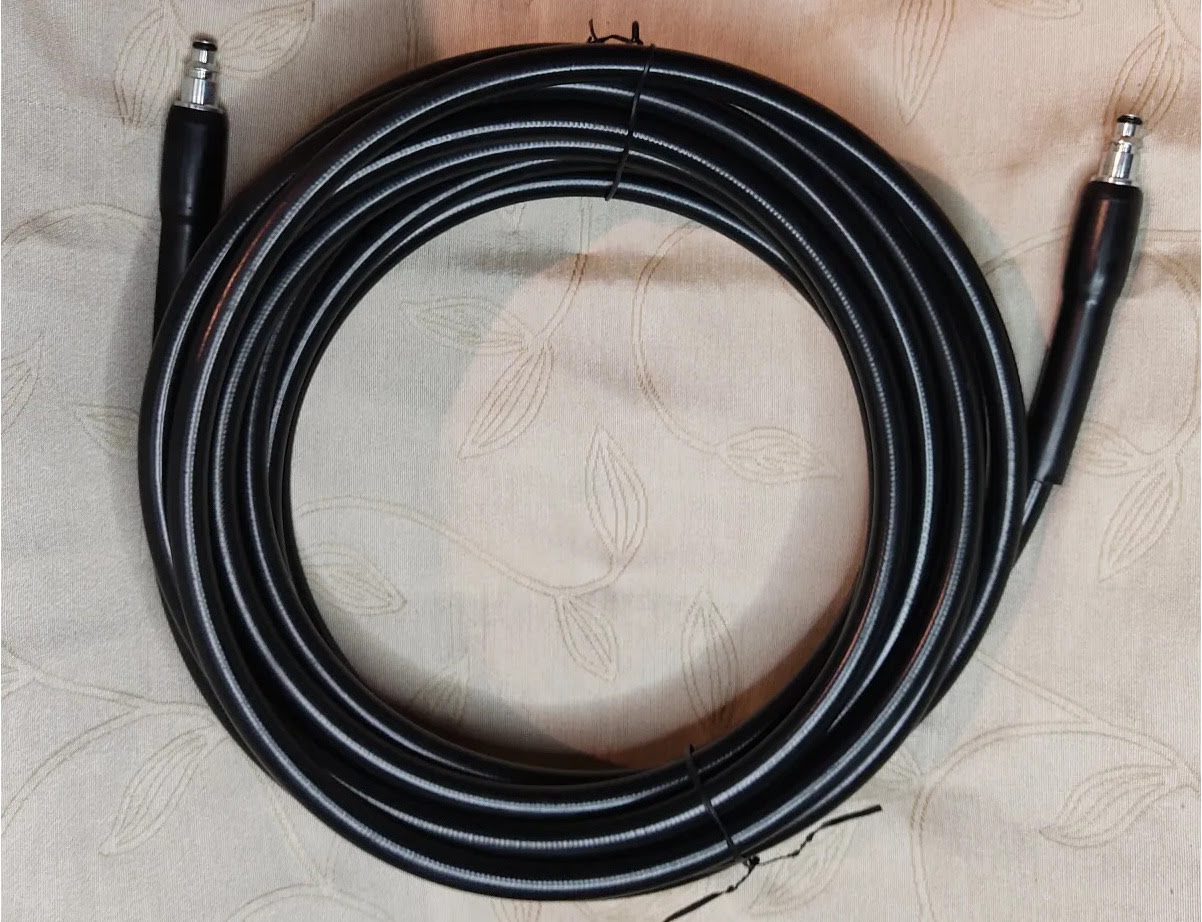
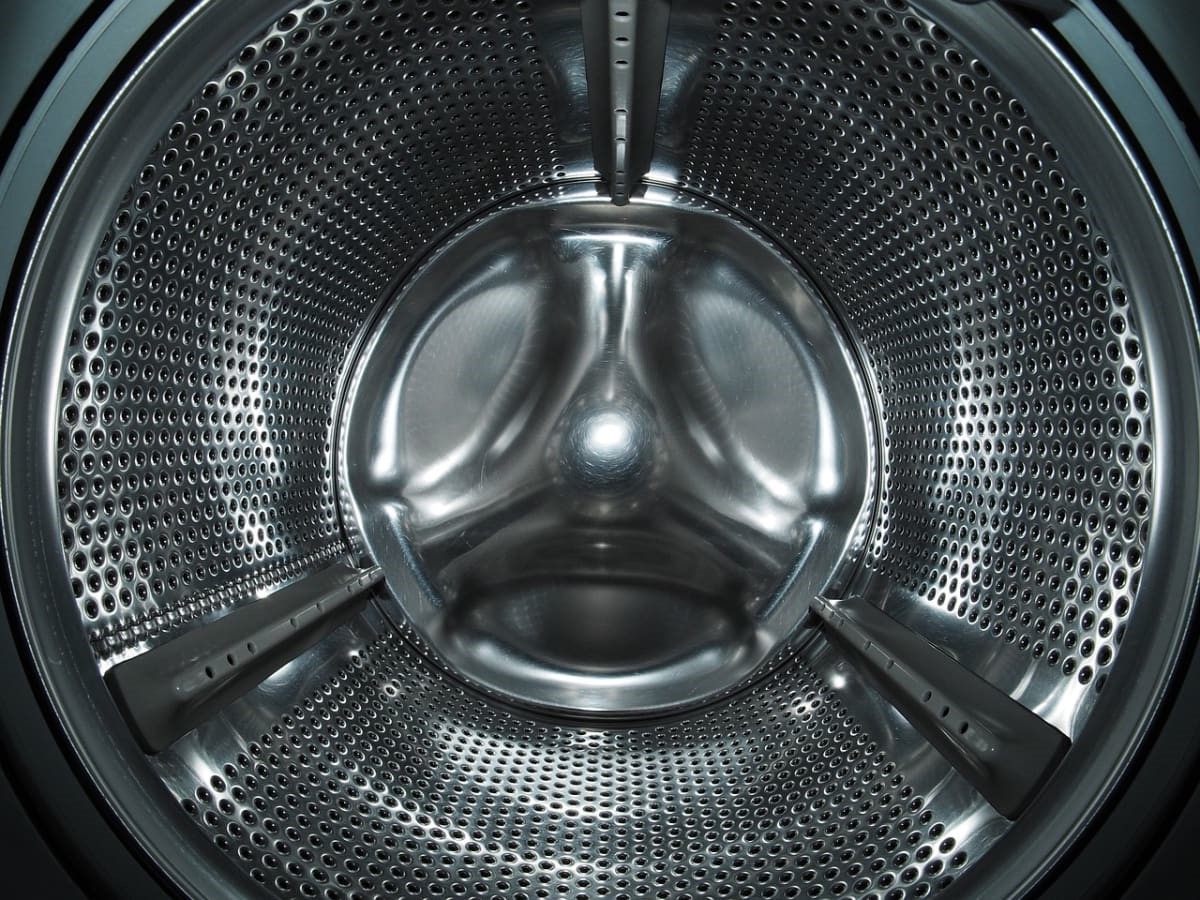

0 thoughts on “How To Replace A Washing Machine Hose”